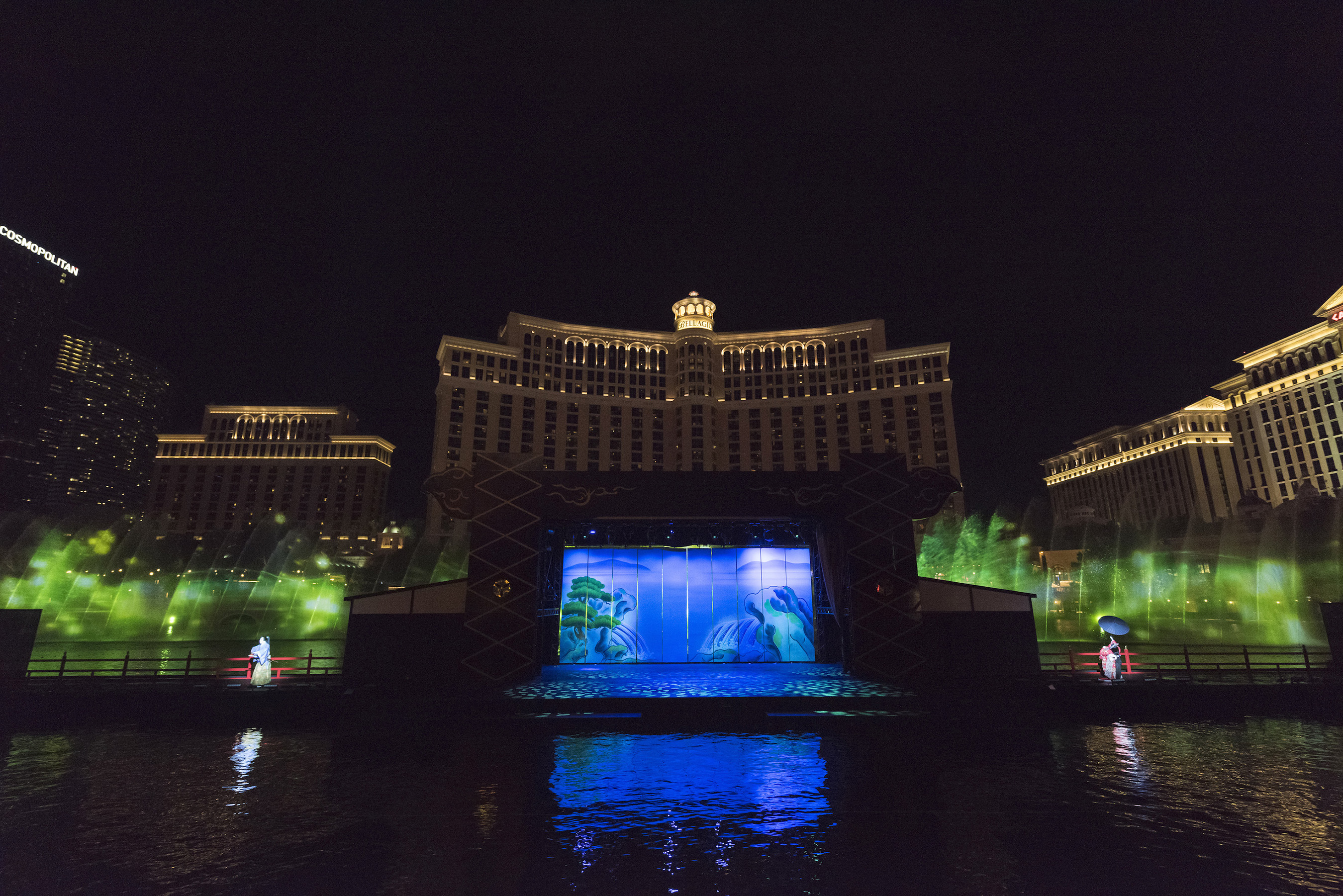

#SPECTACLE LAS VEGAS TV#
Over the past 30 years, reality TV has become a place to see the social and political moment play out in real time - from racial tensions on The Real World New York to gender dynamics on The Bachelor. But whether you want to admit it or not, you probably have heard of Snooki, Lisa Vanderpump or Kim Kardashian. Reality TV is dismissed as guilty pleasure, low brow. But how did Vegas become “Sin City”? From the genesis of shotgun weddings, to film portrayals of the mob-era, to the social engineering behind mega-casinos…season 2 of Spectacle explores the fabulous, the incorrigible, Las Vegas. An oasis in the desert, a mirage - a playground for adults replete with casinos, showgirls, and all-you-can-eat buffets. It's a city that has defined popular culture. Spectacle: True Crime is available June 23rd. From Neon Hum Media and Sony Music Entertainment.

For advertising opportunities, contact 3: This season of Spectacle delves into the history of true crime - from the cases that shook us to our core, to its passionate audience, and what narratives and stereotypes it reinforces in our culture. From reality TV to true crime, Spectacle simultaneously celebrates and critiques the media, people and places that define us.
#SPECTACLE LAS VEGAS SERIES#
Moreover, it situates Las Vegas in a discussion of other places, as a postmodern and neoliberal city avant la lettre, which is important, since the Las Vegas Strip is increasingly regarded as a planning model for cities around the world, for better or worse.Spectacle is a series that analyzes the cultural and societal implications of your guilty pleasures.

The historicization of "spectacle" of the Las Vegas Strip fills the gap between theories of spectacle that are low on the specifics of history, and the histories of Las Vegas that are low on theory. At a time when corporations appropriate elite architecture as part of their global brand identity, so adopts the Strip star architecture as the new fetish. In this context, Fox examines how Las Vegass culture of spectacle has obscured the boundaries between high art and entertainment extravaganza, nature and. During the fourth building boom resorts appropriate a contemporary style of architecture that lays a claim on authenticity, devaluing the themed resorts. Resorts had taken over Disney-like qualities, providing urban theme park attractions and symbolized imaginary places first and real places later. Resorts appropriate a corporate model derived from Walt Disney Company during the third building boom, the "Disneyfication" of the Strip. Underneath this change lay a transformation of the financial structure: Teamster pensions had found a commensurate architectural expression in the spectacle of pop, until corporate financing took over, and the spectacle of corporatism prevailed. During the second building boom, the Strip morphed stylistically from pop to modern, and typologically from low-rise bungalow with tall, eccentric neon signage to high-rise megaresort, fronted by a sea of whiteboard corporate logos.
#SPECTACLE LAS VEGAS PLUS#
The Strip managed to take over downtown because suburbanization was used an effective technology of separation and isolation of people beneficial to the gambling industry, plus the suburban form gambling took on the Strip provided better images to disseminate at a time when suburbanization was a phenomenon that occurred across the United States. Each building boom either conforms to a single paradigm or witnesses a paradigm shift halfway: these paradigms have been theorized as Wild West, Los Angeles Cool, Pop City, Corporate Modern, Disneyland, Sim City, and Starchitecture.ĭuring the first building boom on the Las Vegas Strip, a dusty little road suburbanized into a neon vernacular landscape of low-rise, solipsistic casino resorts that had taken over downtown Las Vegas as the new suburban center of the city. They have been successively theorized as suburbanization, corporatization, Disneyfication, and global branding. Historically, there are periodic waves of new casino resort constructions with continuous upgrades and renovation projects in between. This dissertation is chronologically structured around the four building booms of new resort construction that occurred on the Strip.

This is why, in the context of the Strip, buildings have such a short lifespan. A new resort either ups the language within a paradigm, or causes a paradigm shift, which devalues the previous resorts even further. Since resorts distinguish themselves symbolically, each new round of capital accumulation relies on the destruction of symbolic capital of existing resorts. I claim that behind the Strip's "reinventions" lies a process of symbolic destruction. Over the past 70 years, various actors have dramatically reconfigured the Las Vegas Strip in many forms.


 0 kommentar(er)
0 kommentar(er)
